SARS-CoV-2 Pandemic - Ongoing Milestones; |
|
- nThis “Extended Period of COVID-19 Restrictions” Scenario will likely lead to further Booster campaigns around the world, further exacerbating the current vaccine inequity/nationalism issues
- Omicron-driven restrictions have become particularly pronounced with respect to travel. Examples:
- Many thousands of flight cancellations or disruptions world-wide
- Israel and Japan have restricted all foreigners from entering these countries
- Germany and France have banned the UK
- UK put the U.S. on its red list
- China has locked down 13 million people in a single city, given only 100 infections
- It is questionable how meaningful these international travel restrictions are in reality, given that Omicron has already spread worldwide
- Indeed, the original travel ban on the Southern African countries has recently been revoked
Vaccines, Therapeutics and Vaccination in the West
- At the margin, the existing Wuhan-strain Moderna vaccine shows greater protection than Pfizer, but Moderna’s CEO has still disclosed plans for an Omicron-specific vaccine
- Living with an endemic COVID-19 virus for years-to-come is looking ever more probable, raising the inevitable question of ongoing vaccination strategies, leading to an ongoing need to update vaccines
- Johnson and Johnson looks like it could exit the market, following recent negative comments from the FDA regarding further blood clot risks in younger healthy females
- However, as with the other vaccines, studies have shown that the J&J shot may still protect ‘enough’
- Notably, AstraZeneca which has similar issues to J&J has still not received U.S. FDA approvals
- A number of newer vaccines are coming forward - most significantly Novavax - which following multiple manufacturing-driven setbacks, has now received emergency approvals from the WHO and the EMA
- The EMA has also placed an order for up to 60 million Valneva doses
- This is the first large-scale use of a WIV-base vaccine in the West
- The FDA recently issued Emergency Use Authorizations for oral therapeutic drugs from Pfizer and Merck
- Both are moving to production - they will be expensive, costing $400-$700 per treatment course, vs. $5 - $40 per dose costs for vaccines
- The U.S. placed a $5.3 Billion order for Pfizers’s Paxlovid drug - 10 Million treatment courses (likely less than expected demand) - some Paxlovid is available now, more to come in next 6 months
- Paxlovid is claimed to have an almost 90% efficacy in preventing a need for a hospital stay for a COVID-19 infected patient
- Some emerging issues of side-effects with the Pfizer and Merck therapeutics have been noted, along with Merck’s efficacy dropping from being only at 50% to 30% in more detailed trials
- Refana was surprised that the FDA approved the Merck therapeutic
Differential Death and Vaccination Rates
- Exhibit 3 shows significant differences in ‘excess death rates’ since last year
- These excess deaths can be due to COVID-19 infections and also additional deaths arising as an indirect effect of COVID-19, such as under-treatment of other ailments
- In most countries, the ratio of reported COVID-19 deaths to the overall excess mortality is consistent
- Russia is an exception - they may have been only reporting approximately 20% of COVID-19 deaths
- Exhibit 4 shows significant differences in the vaccination/Booster rates world-wide, by country - the U.S. represents approximately a ‘median’ position in terms of vaccinations
- Countries with equal/lower vaccination rates than the U.S. have higher cumulative death rates
- However the correlation does not appear to work in the opposite direction, i.e., that as vaccination rates increase above the average in the U.S., this does not correlate proportionally with lower cumulative death rates
- It appears that as vaccination rates increase above the U.S. threshold, the more significant reduction in the cumulative death rate are driven by the additional public health measures and degree of compliance, as indicated in Japan, Canada, Israel, Germany, Sweden and France
- Exhibit 5 shows that the Upper Middle Income countries have now fully caught up with - even slightly exceeded - the vaccination rates of the High Income countries
- Lower Middle Income countries are at half this level and should catch up on a two-shot basis (but probably not Boosters) during 2022
- Lower Income countries however are still only at 12 vaccinations per 100 people, which, on a two-shot vaccine regime, is only a vaccination rate of 6% of the population
- Without a major change in global policies and cooperation, many countries world-wide are unlikely to achieve satisfactory vaccination levels in 2022
Three Key Questions
- Is Omicron the ‘last’ major Variant of Concern, leading to a final transition from COVID-19 Pandemic to Endemic, and a need for ongoing maintenance (i.e., Boosters) against localized flair-ups of COVID-19?
- Or, will other Variants of Concern continue to emerge from less vaccinated areas of the world, or from emerging ‘reservoirs’ of COVID-19 virus in animals, e.g., white tailed deer, rats, dogs, cats, etc.?
- When will the world begin to collaborate more constructively to solve the COVID-19 Pandemic, getting to more consistent and complete world-wide vaccination rates and the ability to combat local/regional outbreaks of the disease?
Outlook for 2002
- Numerous commentators are predicting a ‘new normal’ in 2022, where we will have to learn to live with an Endemic COVID-19
- The implications are that with the ever greater availability of vaccines from the second half of 2022, an increasing proportion of the entire world's population will be vaccinated
- Ongoing Booster vaccination campaigns are to be expected for the coming years, with the frequency determined by the speed with which vaccines wane and the frequency and severity of highly transmissible or dangerous new variants
- Refana predicts that the recourse to travel bans, lockdowns and long quarantine periods will be abandoned progressively during 2022 as the futility of these actions becomes ever more apparent
- What the world is waiting for is a next generation vaccine that is more effective in: 1) The duration of the protection it provides and 2) Being able to further withstand new Variants of Concern - which is exactly what Refana is working on
- This appears to be the only ‘Silver Bullet’ on the horizons in Leading Countries
Refana Update
- Refana’s validation of its Delta-specific vaccine is continuing in a pre-clinical trial at the Illinois Institute of Technology Research Institute (IITRI) in Chicago
- The transgenic mice, who have the ACE 2 human gene receptor, received their first vaccine shot three weeks ago, and will receive their second shot next week
- Meanwhile IITRI will commence growing the certified Omicron virus strain they received from the CDC
- Refana’s larger trial will now seek to test a bivalent vaccine - using both the Delta and Omicron variants - on a statistically valid number of animals, and in a comparison with mRNA vaccines
Follow this link to see the graphs and insight in exhibits 1-5
COVID-19 death rates in the high income countries have increased 6x in 5 months
The current death rate in the advanced economies of 3 per million per day is now four times the average death rate in the rest of the world. Is this because of the reliance on mRNA vaccines?

Exhibit 1 - Death Rates Per Capita Across High to Low Income Economies
- Exhibit 1 shows the death rate per million people on a daily basis from COVID-19
- Since the start of the pandemic in early March 2020 until today, there have been 5.4 million deaths which is an average death rate of 8,000 deaths per day; with a world population of 7.8 billion, this is approximately 1 death per million per day throughout the pandemic
- The exhibit shows that actual deaths per day worldwide per million previously peaked at 1.85 per day in mid January 2021 - the current death rate worldwide per million is now at < half its peak, at 0.8 per day (see red dots on Exhibit)
- In the High Income countries - who have very high vaccination rates with mRNA vaccines and the best medical care in their hospitals - the all-time peak in death rates per million was 6.7 per day at the end of January 2021. This fell to a low point of 0.47 per day in late July 2021
- However, since late July 2021, the death rate per million from COVID-19 has increased from 0.47 per day to a current figure of 2.81 per day. This is an increase in the number of deaths of 6X in the High Income countries in the last 5 months
- Exhibit 1 shows a dramatic divergence in the huge increase in the death rate in the High Income countries compared to the lower and declining death rates in Middle/Low Income countries
- One explanation may be the differences in the vaccines used:
- mRNA vaccines used predominantly in the High Income countries quickly lose their protective effect
- Vaccines used predominantly in the rest of world are currently the Chinese or Indian WIV vaccines
- If WIV vaccines are providing better protection, it may not be due to neutralizing antibodies - as these have been shown to decline quickly for all vaccine types
- This extra protection might possibly due to the wider protective effect of a whole virus WIV vaccine
Exhibit 2 - New Covid Infections per Capita across High to Low Income Countries
- Exhibit 2 shows that the global daily new infection rate per million for COVID-19 has hit an all time high of 152 per day this week, which is 83% higher than its previous peak of 83 per day at the end of mid-August 2021, and is more than twice the level of 71 per day at the end of December 2020
- Compared to this, the High Income country infection rates now are off the charts - running 5.4X the global average, at a rate per million of 816 per day, compared to the global average of 152 per day
- The daily infection rate per million in the High Income countries has jumped from 77 per day at the end of June 2021, to 816 per day today, an increase of 10.6X in the past 6 months
- Conversely the Middle/Lower Income countries have substantially lower, declining rates of infection
- Again, this may be due in part to the different vaccines used in the high income countries, where they rely almost exclusively today on mRNA while the rest of the world is majority WIV vaccines
Exhibit 3 - Excess Mortality Rates for Selected Countries
- Exhibit 3 provides another way of looking at the data on deaths, as there are inconsistencies in attributing deaths to Covid-19 in certain countries
- The number of ‘excess deaths’ is calculated by comparing the current number of total deaths compared to what the previous trend line would have predicted had COVID-19 not occurred
- These excess deaths may be due directly to COVID-19 infections and also any additional deaths arising as an indirect effect of COVID-19, such as under-treatment of other ailments
- In some countries, such as Japan and Germany, the protective measures taken as a result of COVID-19 actually lead initially to an overall reduction in the number of deaths
- However, in most countries, the ratio of reported COVID-19 deaths to the overall excess mortality is reasonably consistent, with the one glaring exception of Russia, which based on Exhibit 3, has the worst results of any reporting countries, other than Peru
- Russia appears to have been under-reporting by approximately one-third of COVID-19 deaths
- Data is not available to calculate equivalent numbers for China, India and the Lower Income countries
Exhibit 4 - Vaccine/Booster Doses - Selected Countries
- Exhibit 4 shows the current vaccine status for the same countries shown in Exhibit 3
- In both cases, the U.S. represents approximately the ‘median’ position in terms of vaccinations
- It is very noticeable that the countries with equal or lower vaccination rates than the U.S. all have significantly higher cumulative death rates
- However the correlation does not appear to work in the opposite direction, i.e., that as vaccination rates increase above the average in the U.S. this does not correlate proportionally with lower cumulative death rates
- Therefore, it appears that as vaccination rates increase above the U.S. threshold, the more significant reduction in the cumulative death rate are driven by the additional public health measures and degree of compliance, as may be indicated in Japan, Canada, Israel, Germany, Sweden and France
Exhibit 5 - Vaccine/Booster Doses by High to Low Income Countries
- Exhibit 5 shows that the Upper Middle Income countries have now fully caught up with, and even slightly exceeded the vaccination rates, of the High Income countries
- The Lower Middle Income countries are at half this level and should catch up on a two shot basis (but probably not Boosters) in the course of 2022
- Lower Income countries however are still only at 12 vaccinations per 100 people which, on a two dose vaccine regime - this is only a vaccination rate of 6% of the population
- Without a major change in global policies and cooperation, many countries world-wide are still unlikely to achieve satisfactory vaccination levels in 2022
Thanks to 'Our World In Data' for the fantastic graphs.
From the Known…
...to the Highly Unknown - Omicron Variant (Breaking News - Refana is Monitoring Carefully)
- Global impacts to date: 260+ Million confirmed cases, 5.2+ Million confirmed deaths
- Delta variant-driven caseloads increasing again world-wide - some locations back to previous highs
- This has led to lockdowns and/or severe restrictions in Europe (e.g., Austria, Germany), tightening in the UK, and significant caseload increases and selected restrictions in the U.S. and Canada
- Three European countries experienced riots over the past two weeks - protestors reacted to the increasing social restrictions and the threat of compulsory vaccine mandates to combat Delta surge
- U.S. caseload range.: Florida (best) at ~30 cases/100K, Michigan (worst) at ~390 cases/100K (7 day rolling average) - a 13X difference
- Multiple court challenges ongoing against U.S. vaccine mandates
- Dr. Scott Gottlieb, former FDA Commissioner, hypothesizes that with waning vaccine immunity levels, the number of “breakthrough’ infections is much larger than what is being reported
- ~8 Billion vaccine shots administered globally; however, 70% of these in 10 countries; 30% in China
- According to the WHO, for every 100 people in high-income countries, 133 doses of COVD-19 vaccine have been administered, while in low-income countries, 4 doses per 100 people have been administered → Clear indication of ‘Vaccine Nationalism’ at play
- In the U.S., recent CDC analysis suggests that if someone is not vaccinated, they are:
- 5-6X more likely to get infected with COVID-19, even if previously recently infected
- 10X more likely to end up in hospital if infected
- 11X more likely to die from COVID-19
- Fully-vaccinated people make up less than 1% of COVID-19 deaths in the U.S.
...to the Highly Unknown - Omicron Variant (Breaking News - Refana is Monitoring Carefully)
- We have entered a frequently predicted - and almost inevitable - situation, where a major new, highly differentiated, variant has emerged from countries with much lower vaccination rates → Omicron
- World Health Organization and others have been warning for months that Vaccine Nationalism and hoarding of supplies by the richest nations would ultimately prove counterproductive
- Many large populations, for example in Africa, are still almost completely unvaccinated, and thus remain strong breeding grounds for new strains of COVID-19
- Despite all these prior warnings, Omicron’s emergence seems to have caught the world unprepared
- So far, small numbers of Omicron cases have been detected in multiple countries - including Australia, Belgium, Botswana, Canada, Denmark, Germany, Hong Kong, Israel, Netherlands, UK, and South Africa - suggesting that the variant is already spreading (Note: Current data is quite limited)
- Many countries - including the U.S. - have already banned flights from 8 countries in Southern Africa
- This may prove futile if Omicron didn't originate there, or has already escaped in sufficient volumes over the past 2-4 weeks before the initial sequencing in South Africa identified this new variant
- Israel and Japan have banned all travel with incoming foreigners
- Fully-vaccinated returning Israelis - even w/negative PCR tests - will need mandatory quarantining
- These measures were introduced for two weeks, to give time to assess a more complete risk profile
- The severity of Omicron infection, and its ability to overcome vaccinations, is unknown at this point
- Currently the world is lacking key information about this new variant - other than the highly concerning point that Omicron has 50 mutations, of which 32 are on the Spike Protein
- This suggest that the Spike Protein-based vaccines’ ability to protect may be further weakened
- Both mRNA manufacturer CEOs have publicly reiterated this point this over the past few days, building on Pfizer CEO Alber Bourla’s similar comments from six months ago
- However, Refana has previously observed that 'WIV-centric’ countries have suffered much less severe Delta surges than 'mRNA-centric’ countries
- Regeneron and Eli Lilly have already reported their COVID-19 therapeutic solutions are less effective vs. the Omicron variant; no updates yet re Omricon’s impact on the Pfizer/Merck/AstraZeneca solutions
- Meanwhile, Merck’s efficacy levels have been lowered from 50% to 30%, given further testing
- South Africa has protested that it is being unfairly punished for ‘discovering’ this variant
- For both the Alpha strain, discovered in Britain, and the Gamma strain, discovered in South Africa, there was no evidence that those variants had actually emerged in those countries
- Rather, they have much better testing and sequencing infrastructures than their neighbors
- The timing of Omricon’s arrival is unhelpful:
- The recent world-wide unrest and protests to the restrictions, mandates and lockdowns could further amplify if these measures need to be strengthened
- Dr. Scott Gottlieb, former FDA Commissioner, summarized the current Omicron situation well over the past weekend (28 November 2021): https://www.cbsnews.com/news/transcript-dr-scott-gottlieb-on-face-the-nation-november-28-2021
|
Increasing Infection, Decreasing Deaths?
Industry/Market Responses to Omicron
- While new infection rates from Delta had already climbed dramatically in many countries - and death rates have also climbed - the impacts are not as bad as in previous waves
- This is evident even in countries with very high vaccination rates, e.g., Ireland, which has experienced high levels of breakthrough infections with Delta
- Very roughly, it could be said that the death rate has fallen from 2% to <1% of those infected with Delta, compared to the earlier death rates from prior strains
- This does not mean that Delta is inherently less dangerous
- Indeed, Delta could be significantly more dangerous on its own, but the combined impact of higher vaccination rates and more effective treatments have helped reduced the death rate by half
- It is important to bear this in mind in analyzing the threats of Omicron
- If the Omicron variant breaks through the current generation vaccine protection firewalls, overall COVID-19-related death rates could rise again
Industry/Market Responses to Omicron
- Omicron is likely to force the Western market leaders - Pfizer and Moderna - to do what they have been reluctant to do - drop their extraordinarily profitable current products and pursue new vaccine approvals
- It is arguable from a medical perspective that they should have already introduced specific anti-Delta vaccines, as the efficacy has waned to 46% and 58% respectively
- All manufacturers are already running tests of existing vaccines against Omicron
- Some have begun Omicron-specific booster development, as well as to explore other solutions
- Even though the Regulators could allow smaller human testing e.g. 800 vs 15,000 vaccine recipients, there are always uncontrollable, unknown factors in a clinical trial, which could put current providers’ $30 Billion Covid vaccine business at risk
- It is unlikely that they will be able to achieve the 94-95% efficacy they reported the first time, as those trials had unusually favorable factors, e.g., U.S. sample only, no new variants, and apparently ‘softer rules’ allowing the exclusion from the calculations of non-symptomatic cases, combined with a political environment wanting a ‘positive’ result
- Given the disappointment with the rapid declines in vaccine effectiveness, and with the greater COVID-19 knowledge today, there could be greater regulatory scrutiny this time, depending on the frequency/severity impacts
- However, If the more dangerous impact scenario emerges from Omicron, regulators could weigh the cost/benefit tradeoffs of human testing vs. in vitro lab testing of new vaccine formulations - as is currently done annually for the flu - this is speculative, but was also suggested by an mRNA CEO
- On the WIV side:
- Experts in the UK have stated that because a WIV vaccine has more parts of the virus for the immune system to learn from it could be more ‘variant-proof’ than the others
- European Union has ordered up to 60 million WIV vaccines from Valneva
- Sinovac has recently re-engaged with the EMA as to a potential European approval and market entry
- Global investor markets have become rattled and volatile, given the news of the Omicron variant


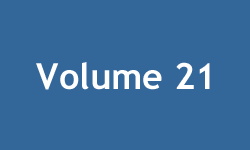
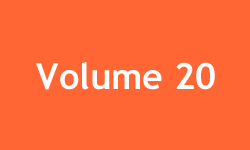




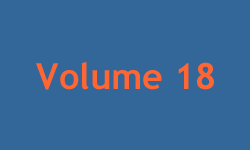
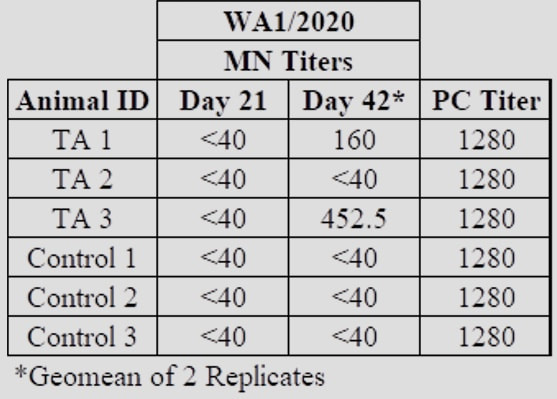



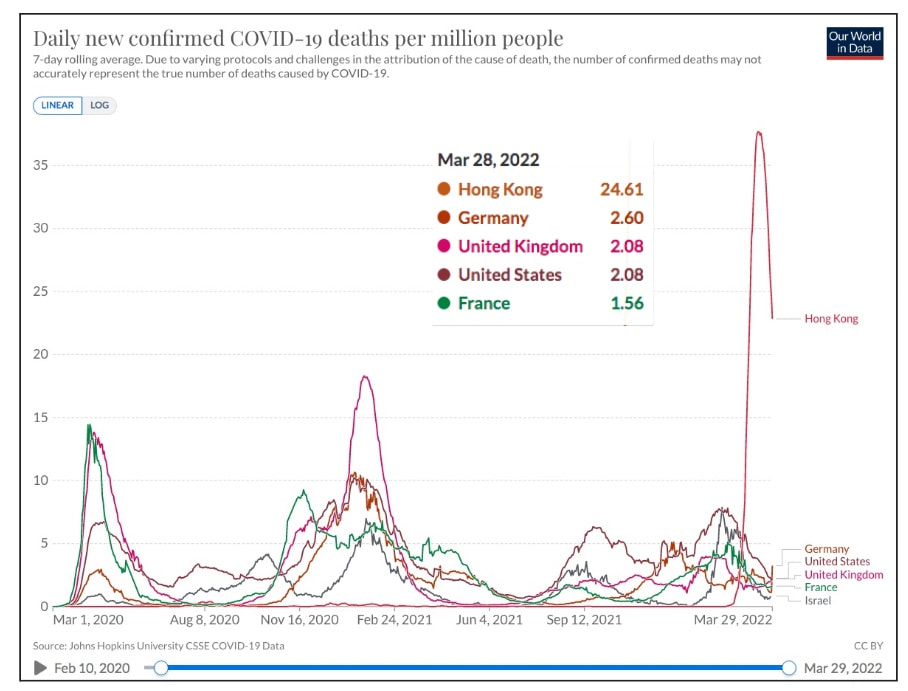
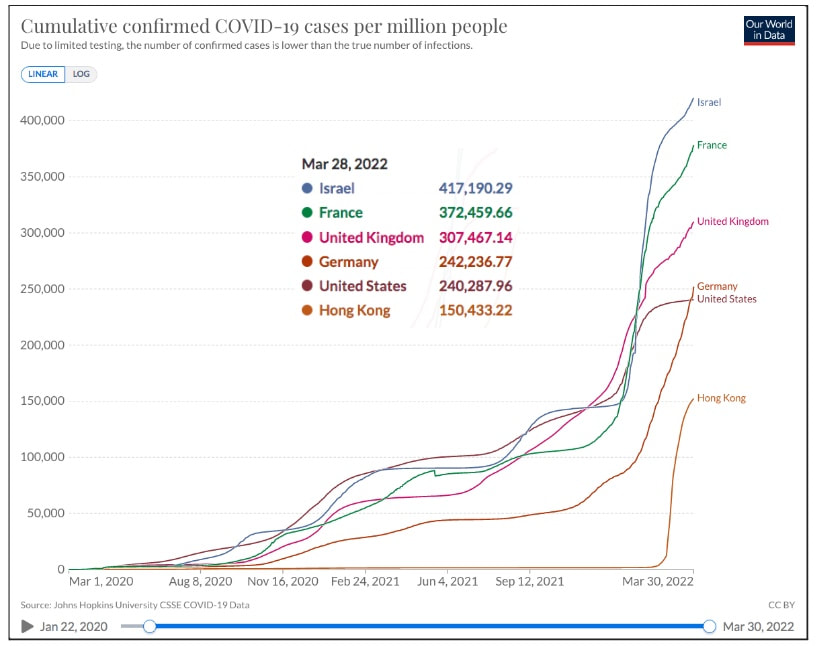
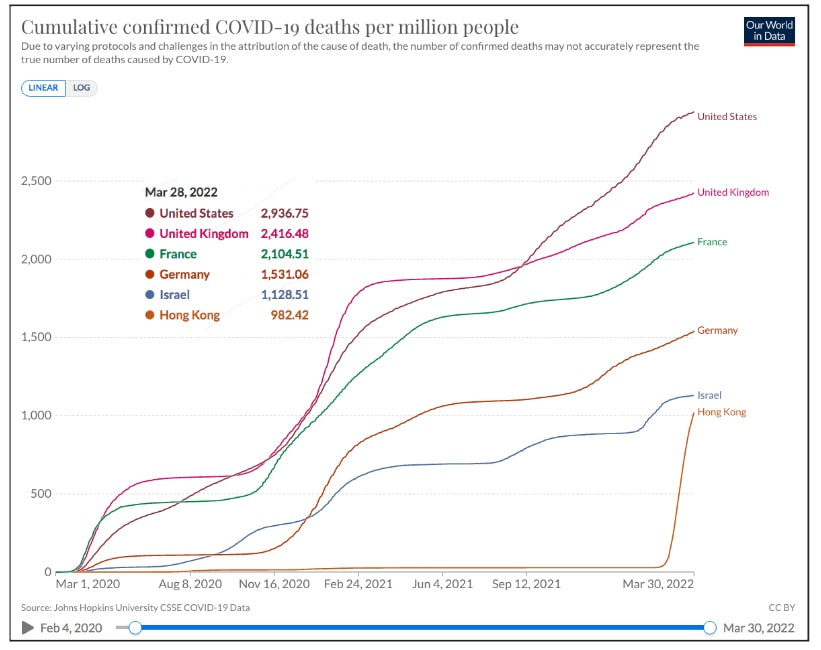


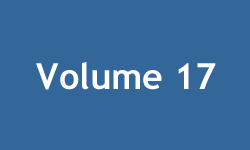
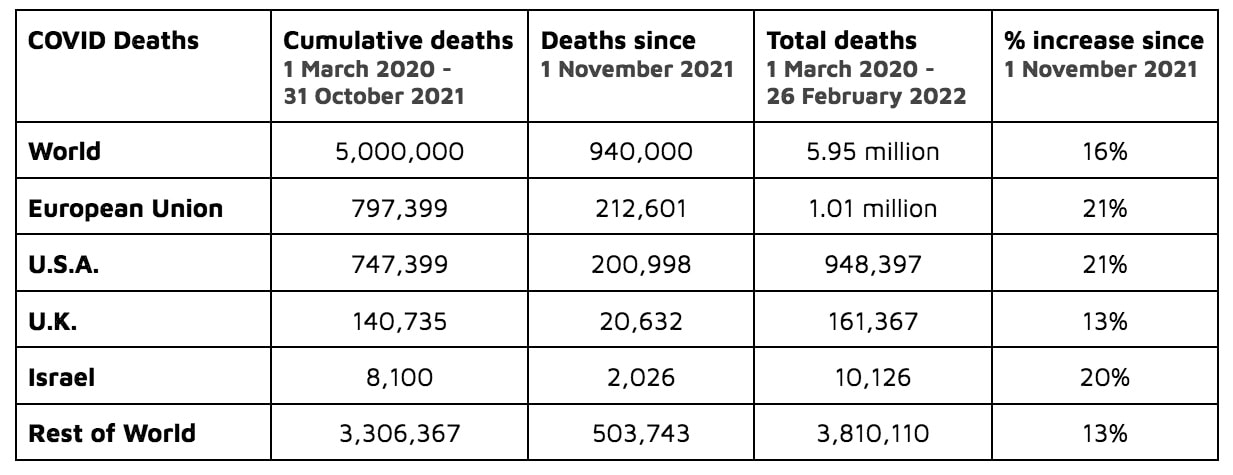
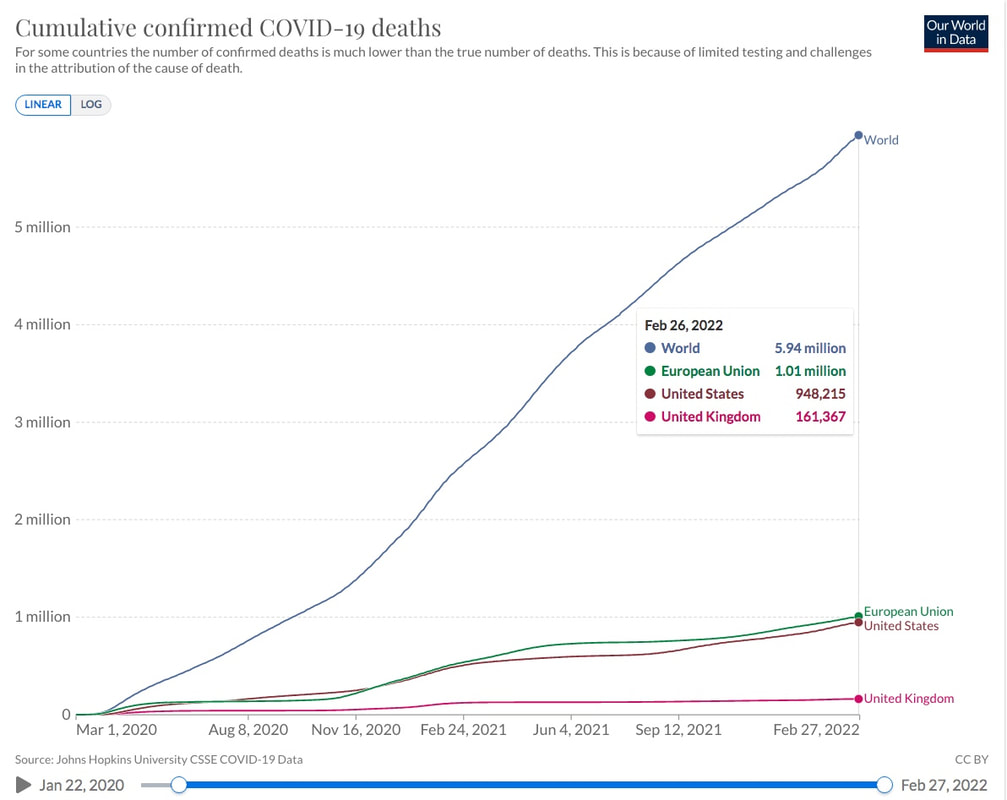
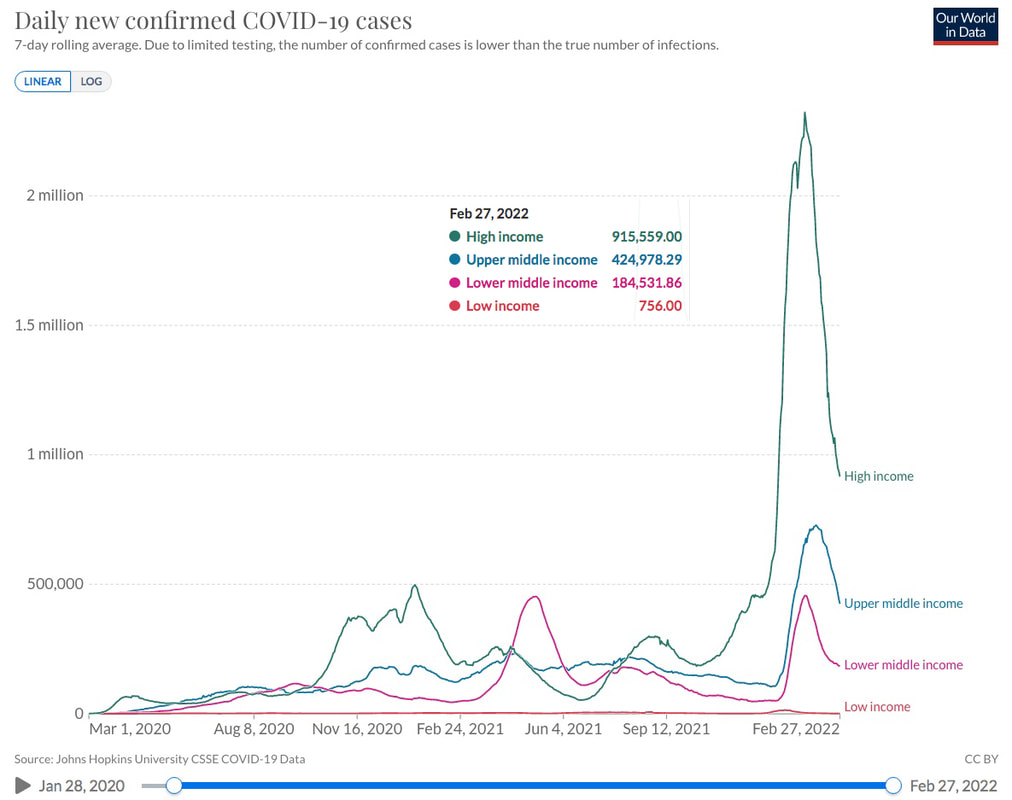


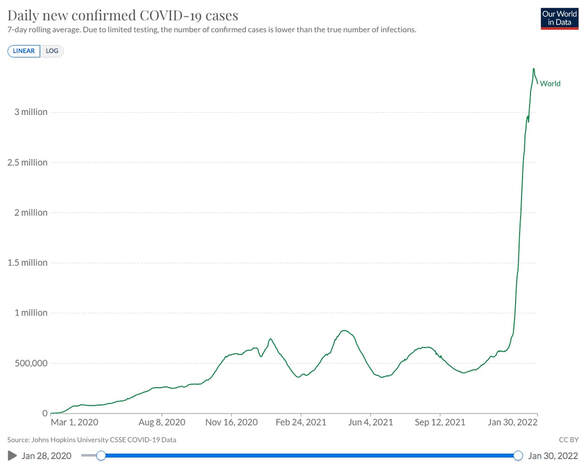

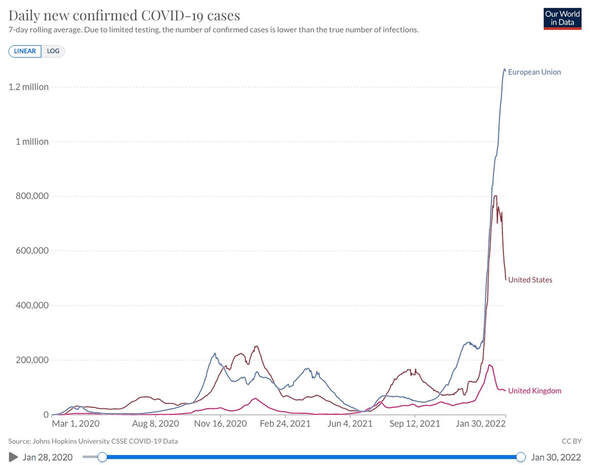






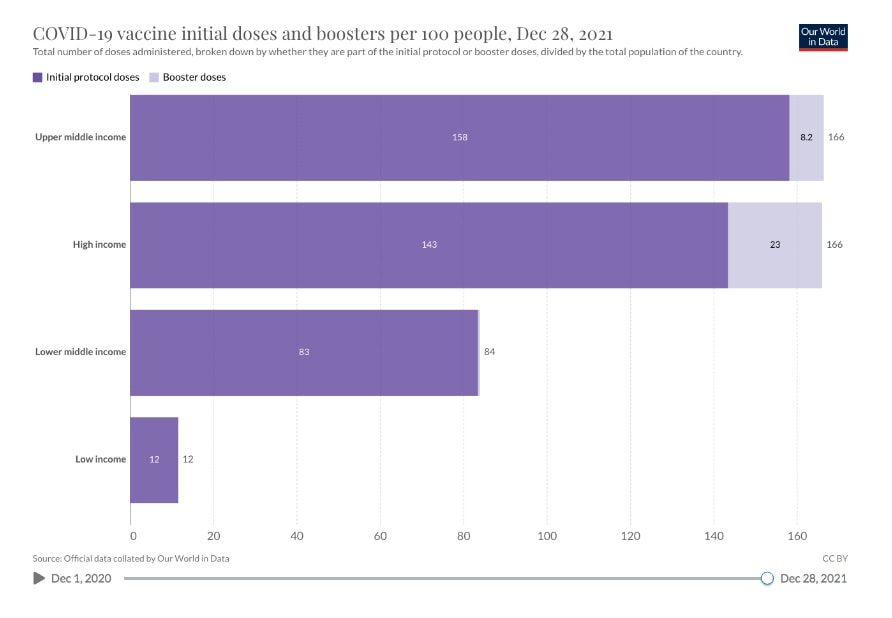

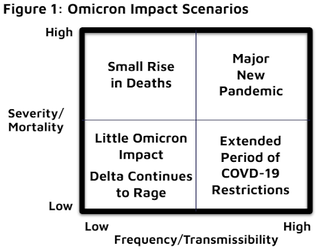
 RSS Feed
RSS Feed